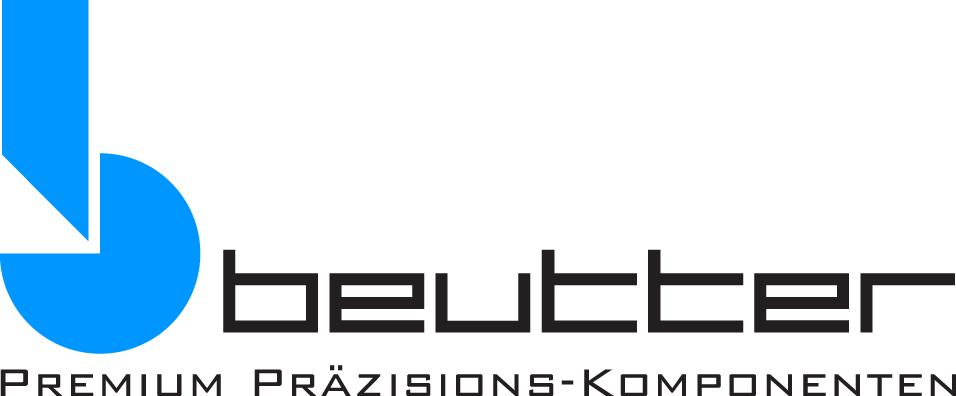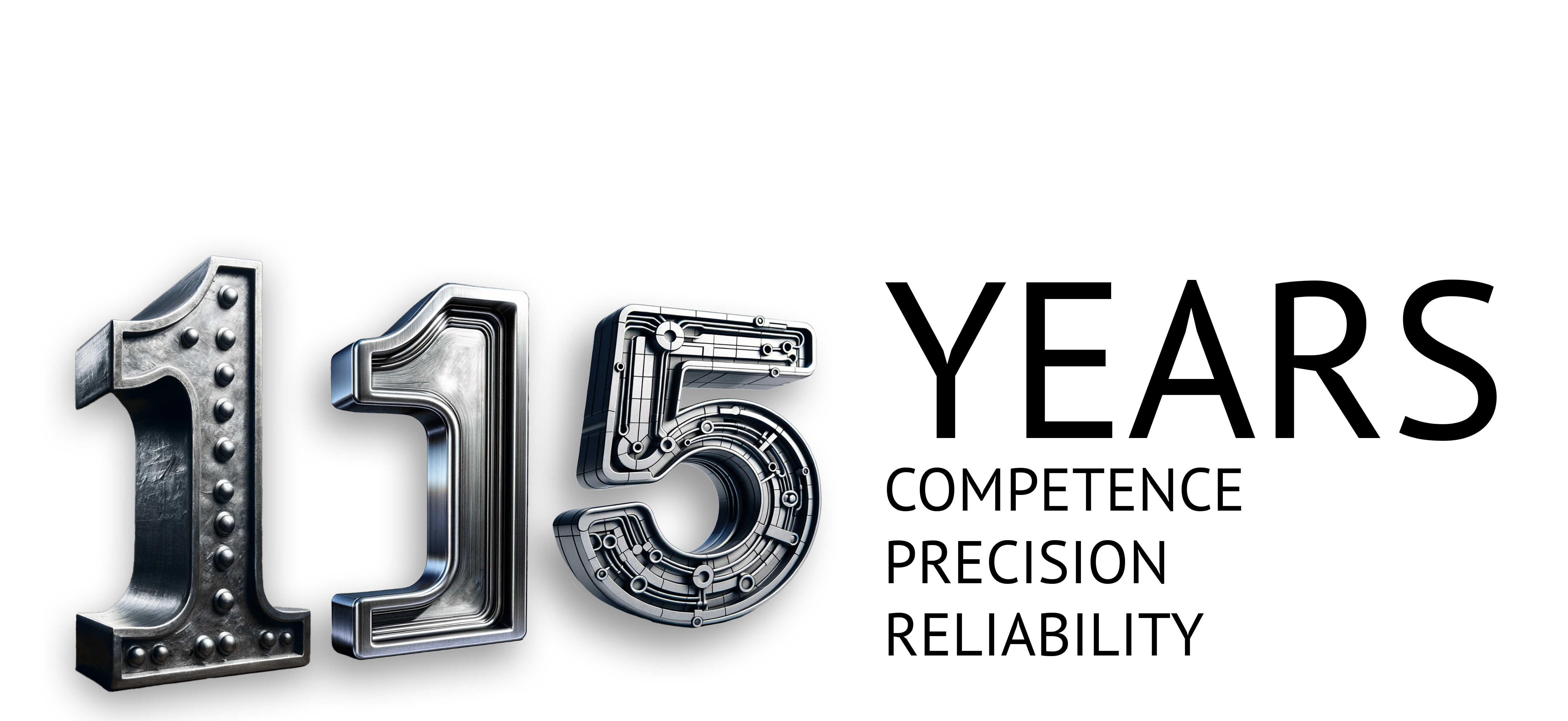Anodizing is a process for surface finishing of aluminum. The name of the process is derived from the term electrolytic oxidation. Anodizing affects the visual effect, but also the corrosion resistance and hardness of the metal.
A natural oxide layer forms on the surface of aluminum when it comes into contact with oxygen. The oxide layer protects the metal from further oxidation and corrosion. Anodizing creates, strengthens and solidifies this layer in a controlled manner.
In anodizing, the workpiece is immersed in an electrolyte bath (sulfuric acid or oxalic acid) and oxygen is generated on the aluminum surface with the help of direct electrical current. This reacts with the metal to form the aluminum oxide.
Anodizing can also be used to color metal surfaces. Here, dyes are introduced into the pores that form during the aluminum-oxygen reaction.
Changes to the aluminum due to anodizing:
- Higher degrees of hardness can be achieved
- Optical change of the surface
- Protection against wear
- The electrical conductivity of the aluminum is reduced
Not only aluminum, but also other metals, such as titanium or titanium alloys, can be anodized.
Beutter is the specialist for planning and manufacturing of assemblies, especially in small series with a high vertical range of manufacture. We offer many years of experience in developing solutions for customers and support you from parts and production planning to the finished product.
Do you have any questions? We will be happy to support you with our comprehensive know-how.
Free problem analysis from our experts
This email address is being protected from spambots. You need JavaScript enabled to view it.
This email address is being protected from spambots. You need JavaScript enabled to view it.

